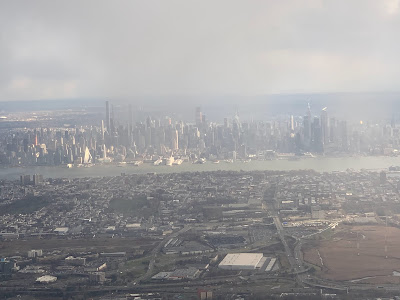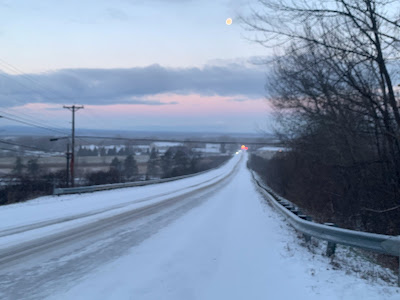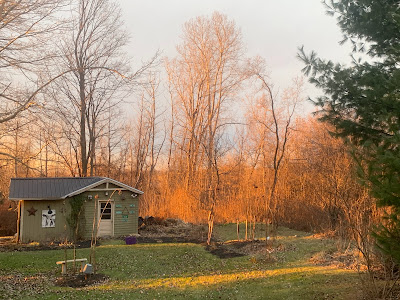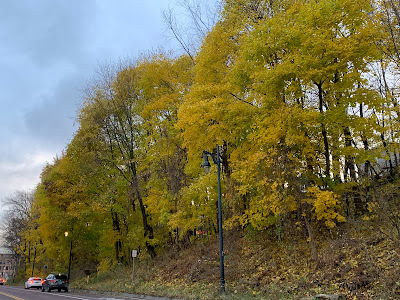We're heading into winter, and you'd expect a typical El Nino pattern to take hold. More often than not, that means a rather mild November, December and possibly January here in the Northeast.
Instead, it's been a rather chilly November here in Vermont. Not anywhere close to record cold, but it's still been on the nippy side.
El Ninos, especially when they're pretty strong like this one, tend to turbo-charge storminess, too. Not always, but often. Larger storms normally start to ramp up in November and continue on into the winter. Sometimes, El Nino helps storms get even stronger.
So far, with the exception of the surprise big snowstorm in parts of Vermont early Monday and an intense storm in Florida earlier this month, the weather has been remarkably docile across the United States so far.
In the colder months of the year, El Nino tends to make the South stormy, and those storms sometimes roar northeastward up the East Coast, though they often pass south of New England, and their impacts frequently miss places like Vermont and New Hampshire.
Experts are honing in on one factor that has made at least early winter a bit odd. El Ninos always make the Pacific Ocean off the west coast of South American unusually warm, and that's their case this time.
However, currently, there's also a big patch of oddly toasty water in the west-central and northwestern Pacific Ocean. This pattern increased the rainfall there, which in turn pretty much literally steers the thunder from wannabe storms that typically crash into the West Coast.
Those storms then travel roughly west to east across the southern and sometimes eastern United States. Those storms are missing due to the warm northwest Pacific, so the weather has overall been pretty quiet the past few weeks in most of the United States.
According to reports, scientists believe climate change is probably at least partly responsible for the warmth in the western and northwestern Pacific.
Scientists told the Washington Post they still believe the weather pattern will evolve into something more typical of an El Nino. That means increased storminess in California and across the South. It could also mean a warm December after all in the northern United States, including possibly here in New England.
There are already some signs of that trend. The latest National Weather Service Climate Prediction Center outlooks are leaning warm across most of the United States for the first two weeks of December.
Many, but certainly not all forecasts for this winter point to a somewhat harsher late winter with possible bouts of Arctic cold later in January and February.
But who knows, really? Each major El Nino winter here in Vermont had its differences. The winter of 1997-98 featured arguably Vermont's worst ice storm in history, but was otherwise close to normal. The El Nino continued into the winter of 1998-99 and we had an exceptionally warm winter,.
Another El Nino winter, 2009-2010 was a rather snowy and a bit on the cold side, Finally, the last winter with a big El Nino, 2015-16, was the warmest winter on record in Vermont.
Given all that, I'll stick by the winter prediction I made weeks ago: I'll tell you in March, because the only way we'll know how the winter of 2023-24 turns out is waiting until it's over.

























